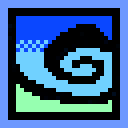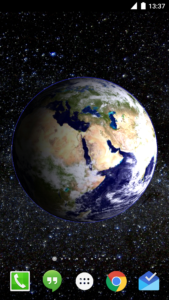Screenshot of a new Mars Live Wallpaper (Well, should be called planetary probably since it includes Earth, Moon, …) that we are working on. It looks really good but we will tweak it until it looks truly amazing.
Live Minecraft Wallpaper 2.0 Update Notice
After a long long time in the making (not kidding!) we can finally announce that the best Android Live Wallpaper around just got twice as good! With more items and more than 2.5 Million downloads we aim to double that amount soon. Based on the LibGDX engine it is now significantly more stable than the old version and better adjusted to modern phones and tablets (and TV’s?!).
Get it while its fresh: https://play.google.com/store/apps/details?id=studio.coldstream.minecraftlwp
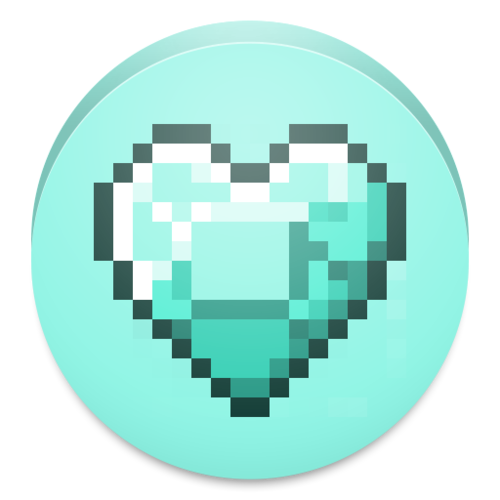
ARGB to RGBA and vice versa
Integers (int32) can be tricky when expressing color values and the right way to do it is a bit of shifting:
rgba = (argb << 8) | (argb >>> (32-8));
argb = (rgba >>> 8) | (rgba << (32-8));
Apparently libgdx and android differs in these two ways of expressing integer colors.
Tween Engine
One of the things that made AndEngine really useful was paths and different modifiers. With those it was possible to animate and fade just about anything. Tween Engine takes this to a whole new level and handles interpolation tasks for any attribute regarding any given object. Sort of. But it works!
However, as we are getting familiar with Gradle and Android Studio the library needs to be added. Step one is making “libs” directories in both core and android and put the tween-engine-api.jar and tween-engine-api-source.jar into those folders. Step two is adding them to the corresponding dependencies sections in the build.gradle file:
compile fileTree (dir: "libs", includes: ['*.jar'])
Finally it is a good idea to rebuild the project, and that is it! A perfect and essential complementary library for every libGDX project.
Tools for Graphics and Sounds
There are plenty of great resources for the indie developer to get something up and running without having to be a Rembrandt or Mozart. Graphics and sound are necessary ingredients of a game, and to quickly get started on prototyping a gaming experience there are a bunch of nifty shortcuts. Many indie developers choose to use pixel art simply because almost anyone can draw at least something. Paint.NET is a superb windows-tool for making pixel art.
When it comes to icons there are a number of free sets available. A personal favorite is game-icons.net which now have 1238 different SVG/PNG icons available.
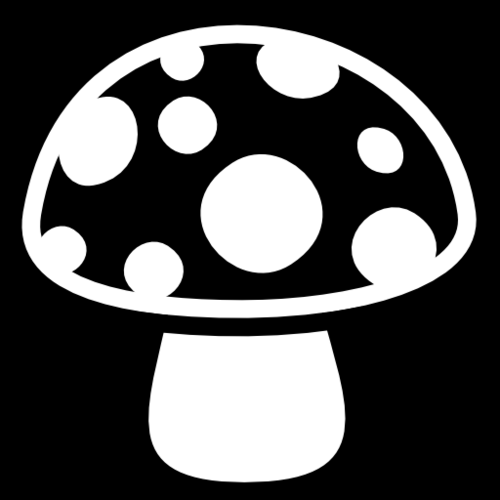
Next up is font awesome, which also have a nifty (369) and growing set of icons. As usual open source and free as in beer.
When it comes to sound the most basic 8-bit web based generator for making awesome bling beeps and chings is the superflashbros as3sfxr. There are plenty of similar tools like bfxr that also has standalones for offline use.
Finally for more advanced sounds there is the freesound.org site which have thousands of free sounds that can be used for developing games and applications. There are so many tools out there and we would be happy to hear about your own favorite free and open source tools.
Lessons from Flappy Bird
One Flappy to rule them all. In the wake of controversy and intrigues surrounding the Flappy Bird game created by indie developer Dong Nguyen, there are a couple of lessons to be learned. According to Wikipedia, there is a great deal of timely discussions around just how much developers are encouraged to borrow, allowed to reuse content and be inspired from one another. Although Flappy Bird made a success, the game it was most likely inspired by – Piou Piou vs. Cactus, did not fly. For those that remember the early days of Minecraft there was a similar discussion back then. Perhaps the key point is to be honest, open and give credit where it belongs. In all directions, since its not about creating culture in a complete void.
There are a few key insights to draw from. First of all, Flappy Bird is evil in the sense that it is a real challenge – a classical challenge even worthy some of the more difficult Nintendo NES games like e.g. Section Z. Secondly the control and graphics are aesthetically simple, it must be regarded a masterpiece in itself. Add a quick turnaround to the equation – it only takes a couple of seconds between smashing into a pipe to be up and flapping again. Thanks to Kotaku and others the continuous impact and discussion is carefully documented and the latest MMO addition is no exception. In our case we will simply learn from it, and a nice libGDX tutorial is called “ZombieBird”. While we eagerly wait for the Flappy Bird relaunch that is.
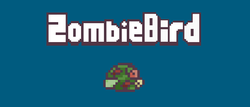
Nuclear Re…
For those who remember the first Android game we released, it has a interesting story. The core game idea was to make a GPS based game where the player would complete typical tasks of finding a radio active source by listening to a simulated geiger counter. It worked surprisingly well and while trying out the game on a family member it even made that person so immersed that she got lost in the central city. Furthermore, when we finally released the game, just a few days after, Fukushima happened. It gave a bitter taste to the whole thing, and fortunately it flopped. No surprise, but for being an indie game (our first even) it still received a decent amount of nice comments despite its slightly less than average ratings. Still, it is one of those games that somehow deserves a second round of design. So here comes a title teaser that is not a promise but rather just a thought.
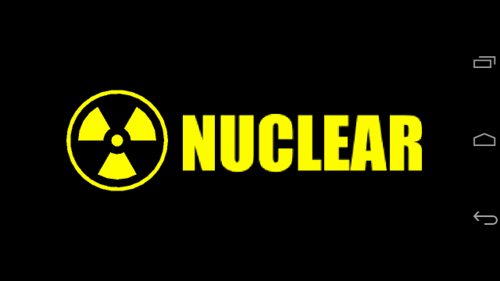
Common libGDX Tools
Let us start off with just a few pointers about Android Studio and libGDX. Since Gradle is under active development, there are one important update to the libgdx-setup.jar that is compatible with the latest version (Gradle 1.11).
Another point is that libgdx generates bitmap fonts slightly differently than e.g. Andengine. There is a second tool that takes care of this issue called Hiero. There is a couple of good tutorials on how to use fonts with libgdx.
Finally, a classical tool for making tiled TMX maps is the Tiled Map Editor. We used this one to implement one of our first games called Soccer Kid – a retro Zelda inspired type adventure game where the player would kill monsters and explore by kicking around a football. Unfortunately the game had so many bugs (ehheemm…) that we had to take it off the market.
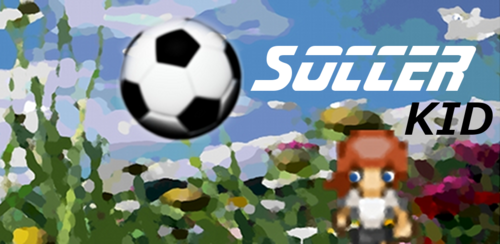
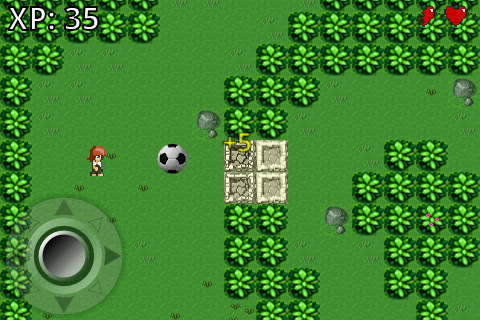
libGDX
For a couple of years now we have been using AndEngine in our development to craft with graphics for our applications. Its a wonderful APK that has worked flawlessly and improved significantly over time. However, ever since Nicolas Gramlich, its main developer went to work for Zynga things has slowed down somewhat and newer developments like Gradle support is simply not there yet. As we have been considering using Android Studio as a more modern IDE (compared to Eclipse), Gradle has been one of those new features we have been struggling with lately. As a viable alternative we found out about libGDX through a tutorial on game programming in Android Studio. We are currently looking through the API, and it does look very promising! We might come back later with a comparison between the two.
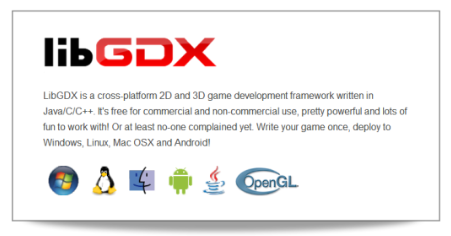
We just moved!
Just while setting up things so that SOMETHING shows over here… although it looks like it is finally shaping up! Soon we will be able to put up all that sweet stuff that we wanted to share but skipped since we were lacking a good CMS system. But with tumblr – which indie studio needs CMS anyway?

